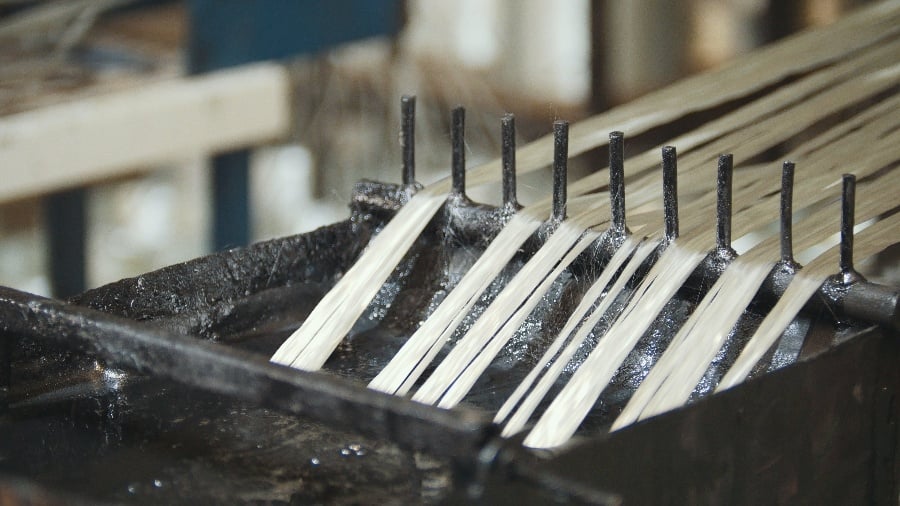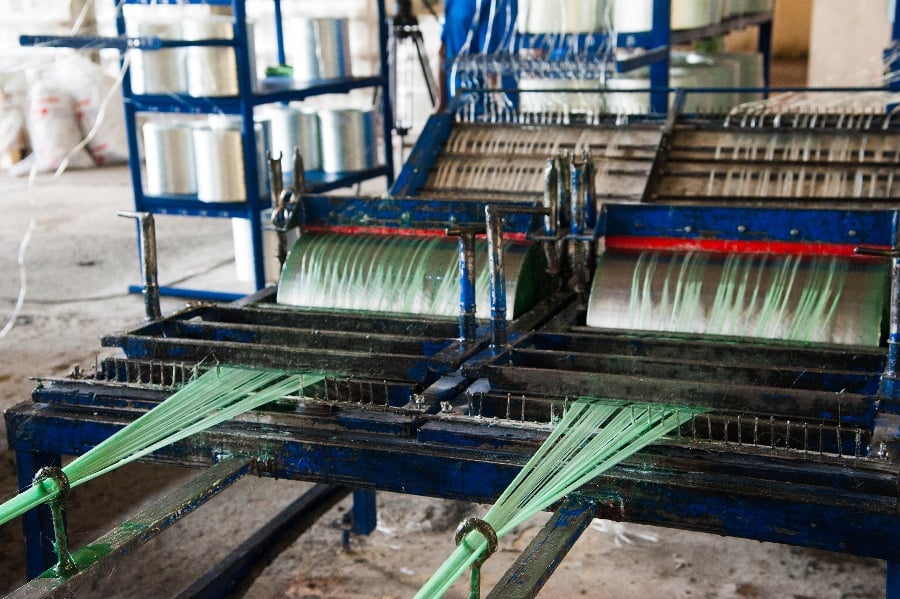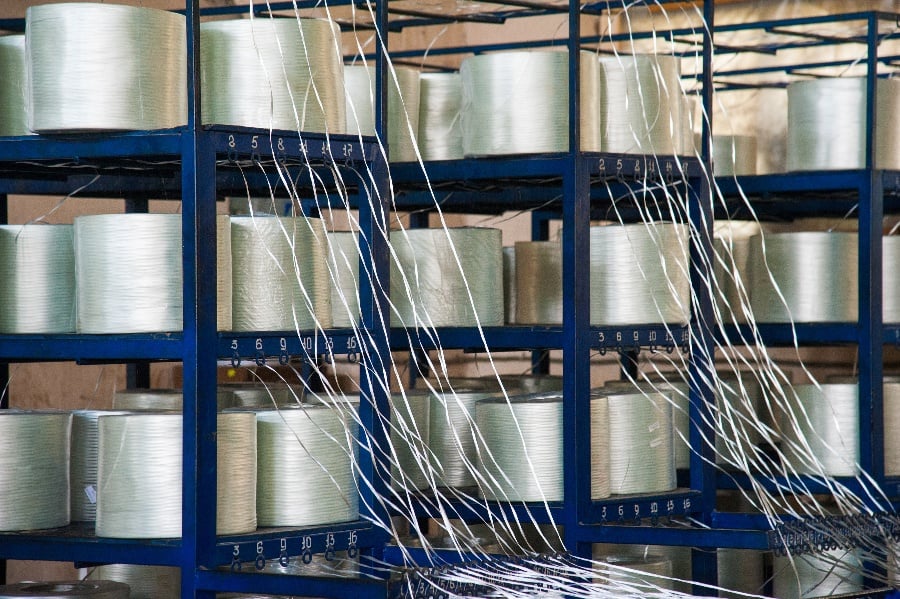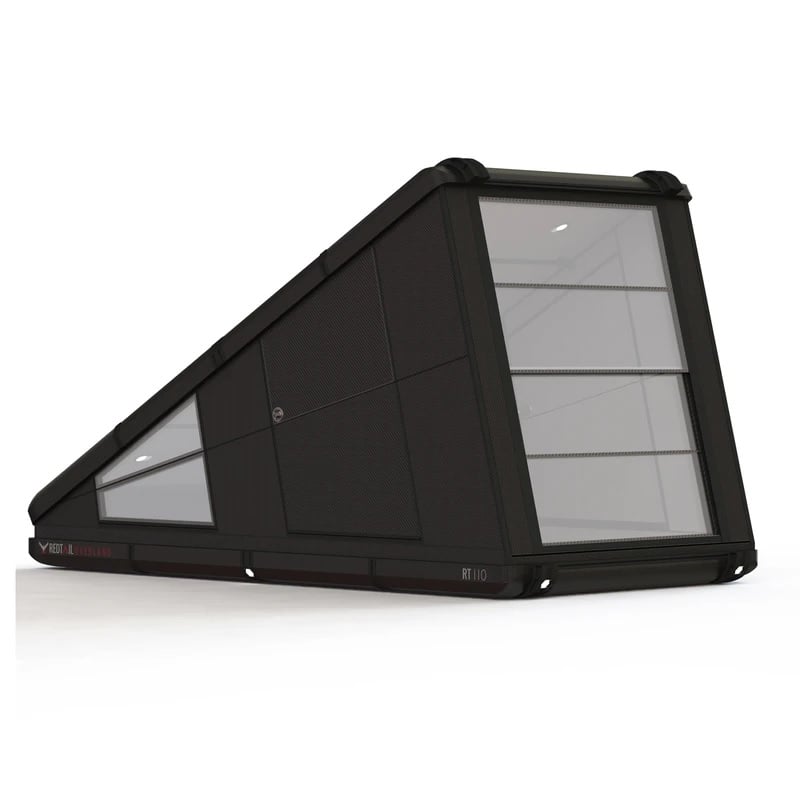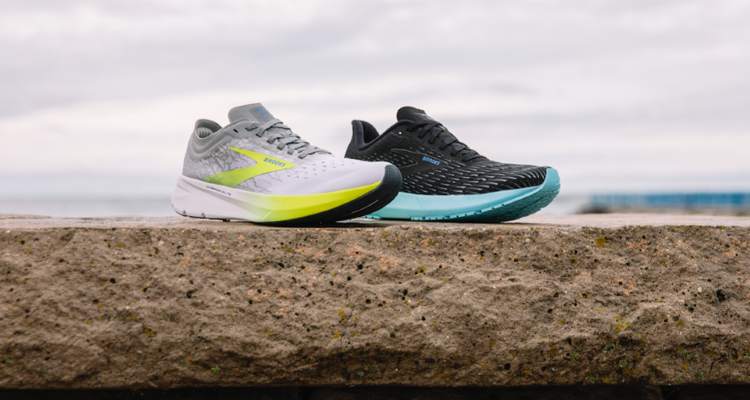
Sucker rod lift systems are widely used in oil production to mechanically lift liquid to the surface by artificial methods. Sucker rods are a critical component within these systems, serving as the connecting rod that transfers reciprocating motion from the surface lifting equipment down to the bottom-hole pump.
The design and material selection for sucker rods are crucial for operational efficiency and reliability in oil extraction. These rods must endure extreme subsurface conditions, including high pressures, corrosive environments, and continuous mechanical stress. The right design and material can significantly reduce downtime, enhance the longevity of the rod string, and optimize the overall production process.
This article aims to provide a comprehensive overview of the design and material selection of sucker rods in the oil industry.
How Sucker Rods Work
Sucker rods form the critical link between surface pumping equipment and the downhole oil well pump. The rod string connects to a polished rod that moves up and down within the stuffing box at ground level. This polished rod ties to a beam pump counterweight system or hydraulic pumping unit.
As the surface equipment moves the polished rod reciprocally, this action transports down the sucker rod string in a continuous motion. At the bottom end is a plunger within the downhole pump. As rod motion forces the plunger downward, oil below gets displaced through the pump and travels upwards through the tubing toward surface collection equipment.
On the upstroke motion, the plunger lifts oil that has seeped into the bottom of the pump barrel. Check valves open and close synchronously to control fluid movement into and out of the pump. Continual reciprocation of the rod string enables the downhole pump to lift produced liquids at a steady rate matched to well inflow and surface handling capacity.
The rod string must be durable enough to withstand years of continuous fatigue stress without failure. Proper design minimizes flexing and friction forces along the length of the curved wellbore tubing. Sucker rods properly matched to the pump size and well depth provide efficient transfer of surface energy to lift well fluids. Periodic inspection, lubrication, and maintenance sustains long term operation.
Sucker Rod Design Considerations
Proper sucker rod design requires balancing a range of mechanical properties and environmental factors to ensure reliable and efficient operation over long service lifetimes. Key design considerations include:
Rod Strength and Flexibility
Sucker rods experience high cyclic tensile and compressive loads that can lead to fatigue or catastrophic failure if the rod strength is inadequate. Heat treated steel alloys with high tensile strength are commonly used. Flexibility is also important as the rods experience bending stress around curves in deviated wellbores. Rod elasticity, diameter, and material choice impact flexibility. Finding the right combination of high strength and flexibility is crucial.
Corrosion Resistance
Exposure to corrosive fluids containing CO2, H2S, chlorides, and/or high temperatures can damage rods over time. Utilizing corrosion-resistant alloys by themselves or with coatings provides the best protection. Common coatings include inorganic zinc, anodic oxidation, paints, chrome and nickel plating among others. Multi-layer coatings provide further enhanced corrosion mitigation.
Weight and Density
Heavier rods require more powerful lifting equipment on the surface which adds cost. But lightweight rods produce higher inertia loads from acceleration forces over each stroke, potentially shortening service life. Finding the optimal weight by choosing rod diameter and dense materials such as steel is key.
Thread Connections
Sucker rods screw together end-to-end. The threaded connections must reliably transfer tension, compression, and torsional loads down the string without failure. Different thread profiles impact strength, ease of spin-out during makeup, and potential for galling and wear. Material choice, manufacturing methods, coatings, and lubrication also impact integrity of the threaded joints.
Costs
Design choices for sucker rods all carry trade-offs when balancing capital costs against longevity and performance. Ease of inspection, lifetime maintenance projections, and system pump efficiency also need to be weighed against initial purchase price.
Fiberglass Reinforced Plastic (FRP) for Sucker Rods
Fiberglass-reinforced plastic (FRP) composites present an intriguing alternate material to traditional steel sucker rods. Researched since the 1970s, composite rods offer advantages of corrosion resistance, fatigue strength, and lightweight properties.
FRP rods consist of glass fiber strands bound in a polymer matrix, usually epoxy or vinyl ester. The high strength fibers provide load-bearing strength suited for cyclic stresses downhole. FRP demonstrates higher fatigue resistance across long operating lifetimes compared to steel.
Additionally, FRP rods exhibit superior resistance to corrosive liquids and gasses especially at elevated temperatures. Uncoated FRP resists embrittlement and microscopic cracking. FRP avoids the need for costly protective coatings that can deteriorate over time.
The lower weight of composite materials allows for additional rod string length in deep wells while avoiding excessive stretch or rod deformation under load. This lightness produces less inertia, putting less strain on the lifting equipment.
While historically more costly, FRP rods offset a higher initial price with potential for longer field service and lack of corrosion maintenance. Installation is easier due to reduced weight per foot. Recent material improvements and manufacturing methods continue to enhance mechanical properties and simplify large-scale fabrication.
The intrinsic advantages unique to fiberglass-reinforced plastics make possible increased pumping depths, higher lift capacity, and reliable, low-maintenance operation free of corrosion deterioration–positioning FRP as a highly promising material for the future of sucker rod lift systems.
Innovations on multiple fronts promise steady progress in sucker rod capabilities. As the global demand for fossil fuel extraction continues, spanning greater depths and challenges, advancements in sucker rod materials and engineered designs grow ever more critical for efficient, reliable artificial lift pumping systems.



